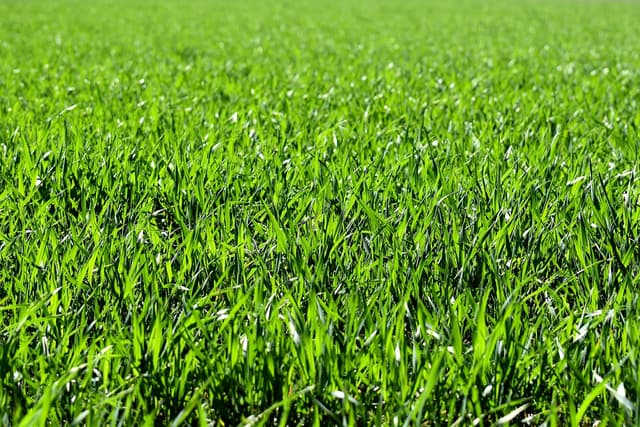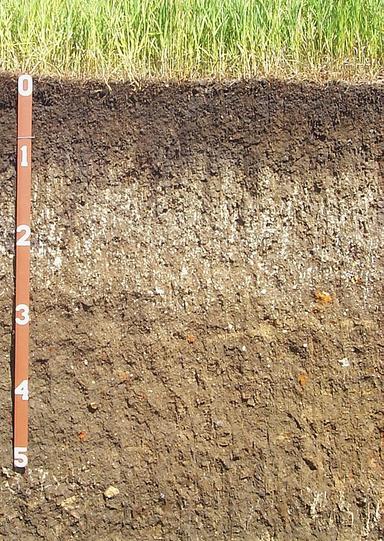Different surfaces: plan
I can plan an investigation to compare how things move on different surfaces.
Different surfaces: plan
I can plan an investigation to compare how things move on different surfaces.
These resources will be removed by end of Summer Term 2025.
Switch to our new teaching resources now - designed by teachers and leading subject experts, and tested in classrooms.
These resources were created for remote use during the pandemic and are not designed for classroom teaching.
Lesson details
Key learning points
- Surfaces can be different, ranging from very smooth to very rough.
- A comparative test investigation can be carried out to find out how different surfaces can affect how things move.
- Scientists make decisions about how to set up and carry out investigations.
Keywords
Surface - The surface is the top or outside layer of something.
Rough - Rough surfaces are uneven or bumpy.
Smooth - Smooth surfaces are even.
Comparative test - In a comparative test, the thing that is being changed has labels, such as the types of materials.
Compare - We compare things by looking at what is the same and what is different.
Common misconception
All surfaces are only 2-dimensional. All surfaces are made by people (human-made).
Provide many examples, with images, of different types of surface including natural surfaces and 3-dimensional surfaces.
To help you plan your year 3 science lesson on: Different surfaces: plan, download all teaching resources for free and adapt to suit your pupils' needs...
To help you plan your year 3 science lesson on: Different surfaces: plan, download all teaching resources for free and adapt to suit your pupils' needs.
The starter quiz will activate and check your pupils' prior knowledge, with versions available both with and without answers in PDF format.
We use learning cycles to break down learning into key concepts or ideas linked to the learning outcome. Each learning cycle features explanations with checks for understanding and practice tasks with feedback. All of this is found in our slide decks, ready for you to download and edit. The practice tasks are also available as printable worksheets and some lessons have additional materials with extra material you might need for teaching the lesson.
The assessment exit quiz will test your pupils' understanding of the key learning points.
Our video is a tool for planning, showing how other teachers might teach the lesson, offering helpful tips, modelled explanations and inspiration for your own delivery in the classroom. Plus, you can set it as homework or revision for pupils and keep their learning on track by sharing an online pupil version of this lesson.
Explore more key stage 2 science lessons from the Simple forces including magnets unit, dive into the full secondary science curriculum, or learn more about lesson planning.

Equipment
See additional material for further support and guidance.
Content guidance
- Risk assessment required - equipment
- Exploration of objects
Supervision
Adult supervision required
Licence
Starter quiz
6 Questions

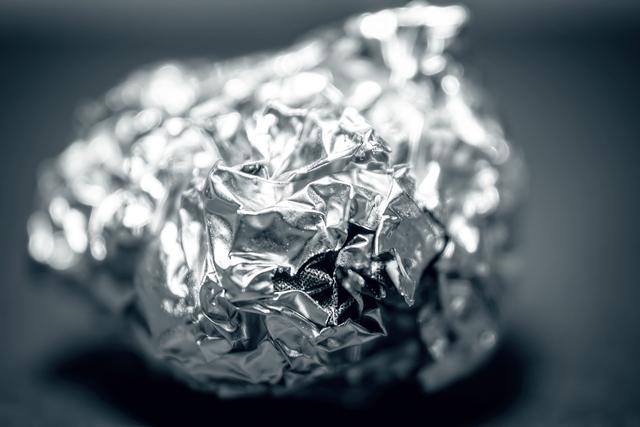


soft
rough
smooth

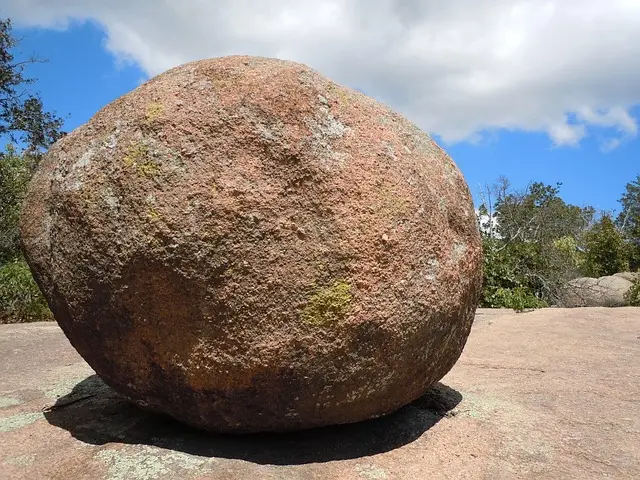
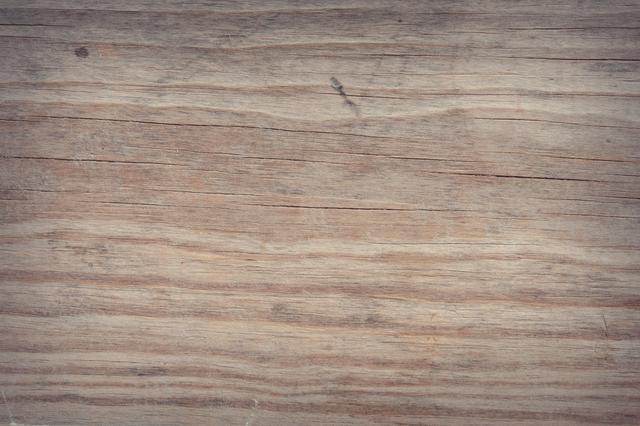


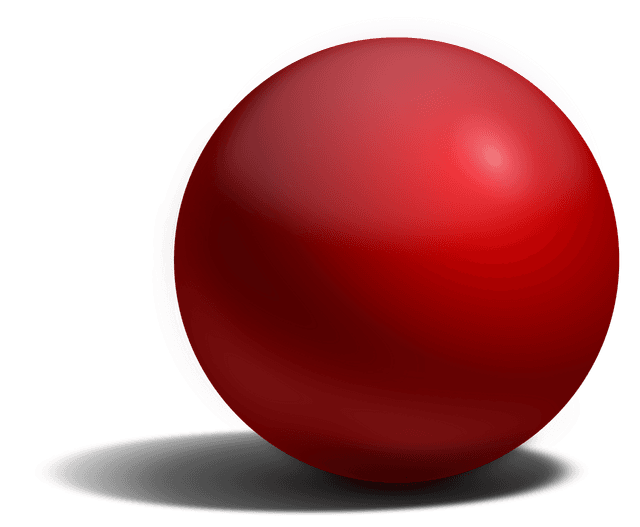

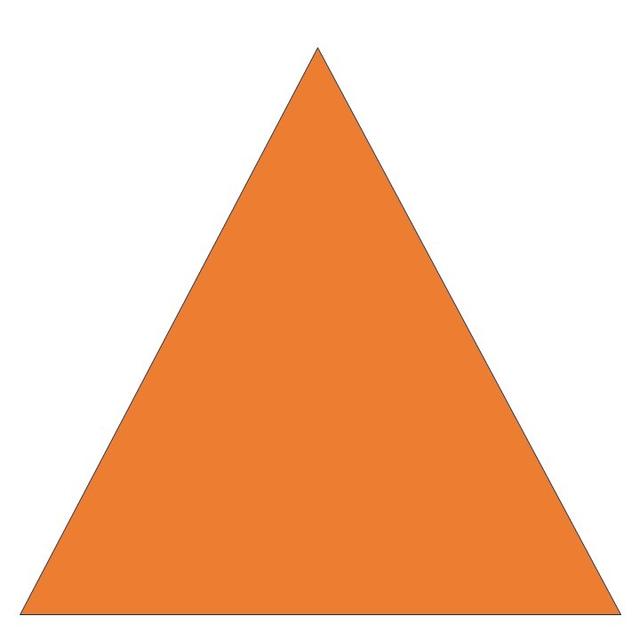
Exit quiz
6 Questions


